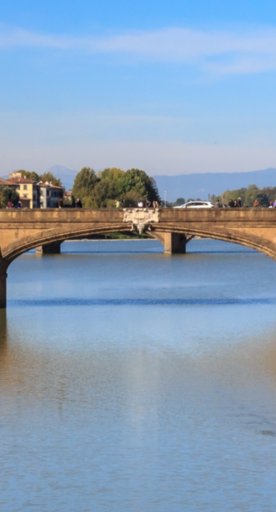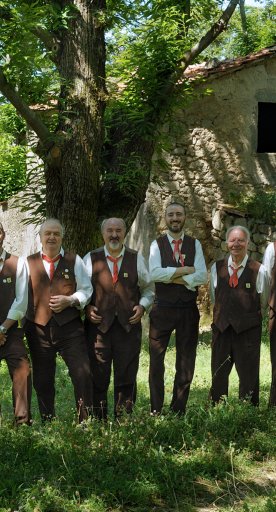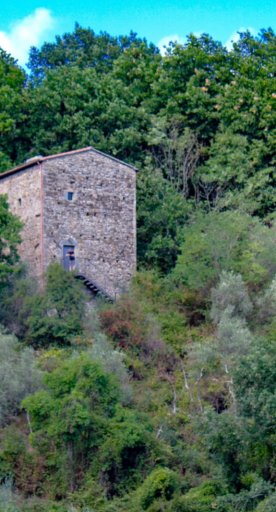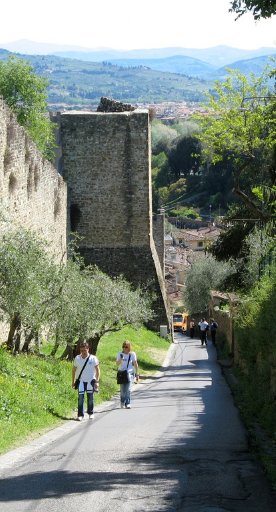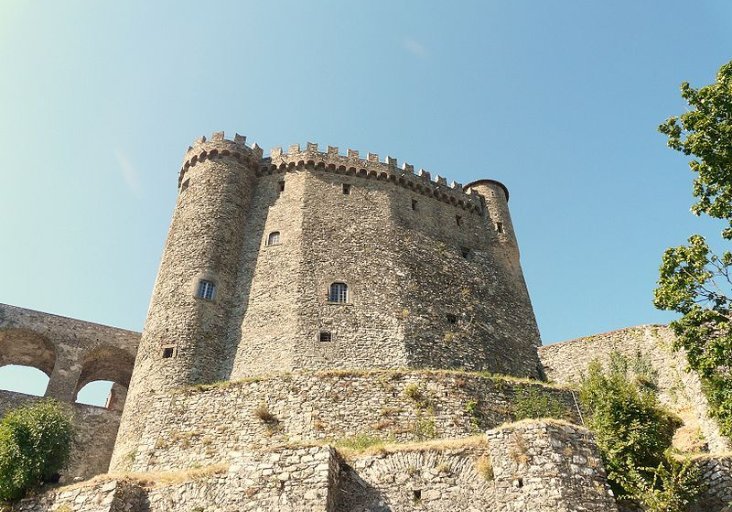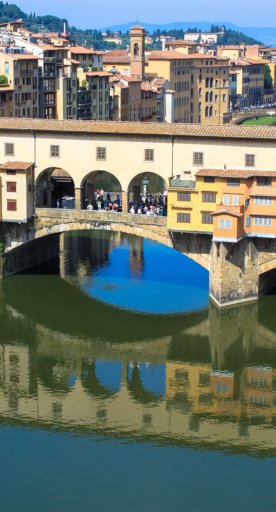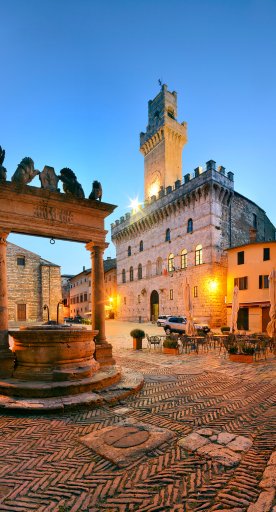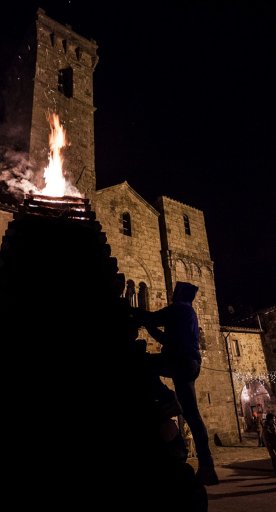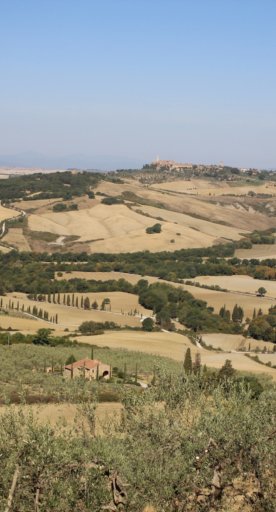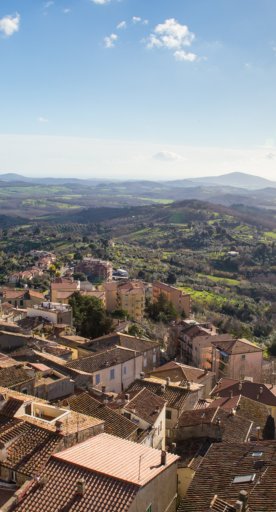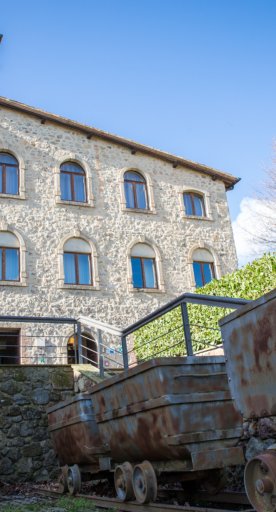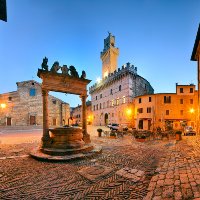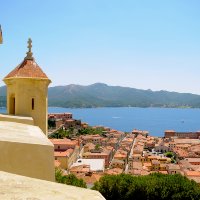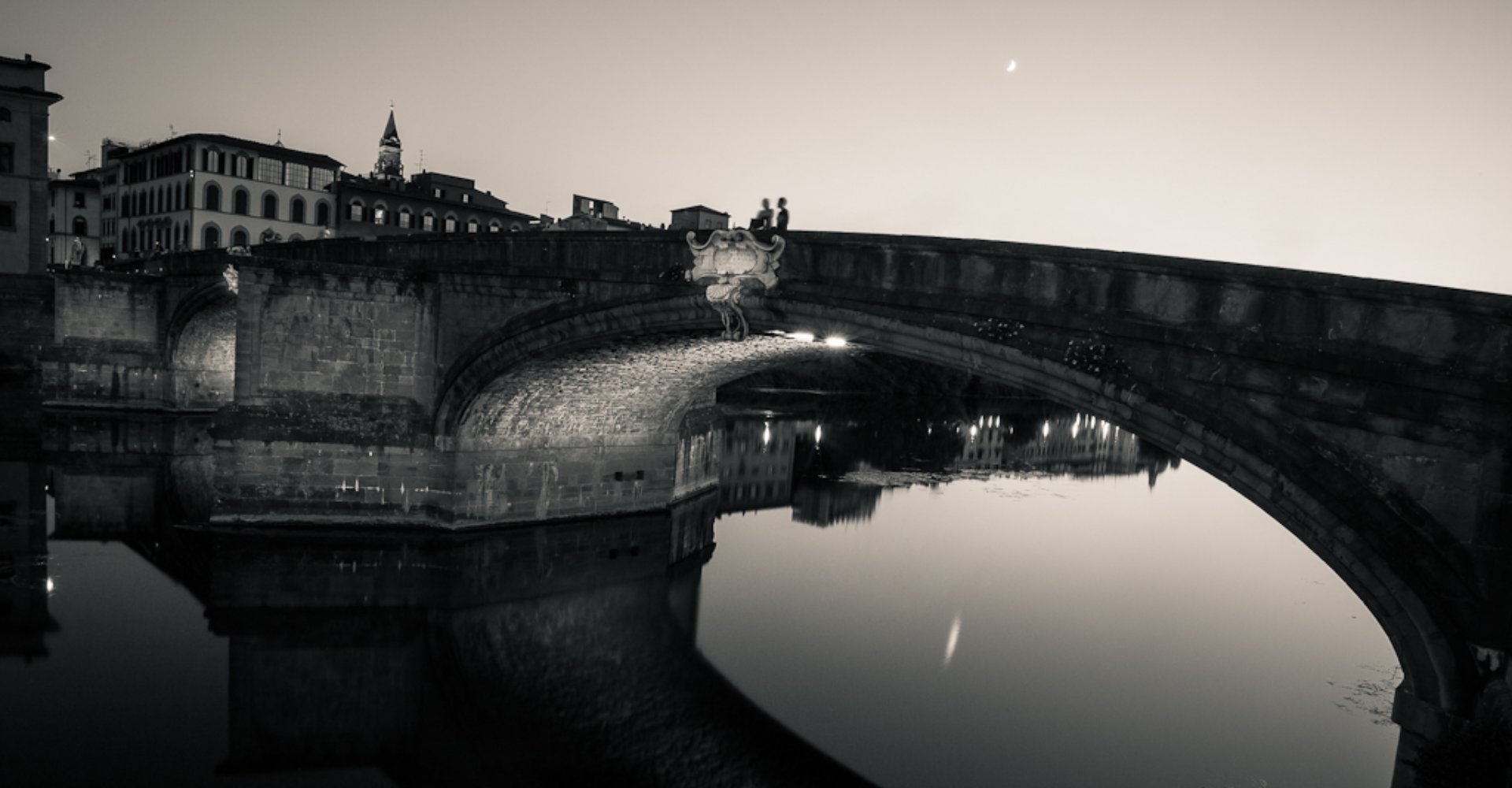
The bridges of Florence
From Ponte San Niccolò to Ponte Americo Vespucci
The Ponte Vecchio is one of Florence's landmarks and probably the most photographed bridge in the city, but did you know that Florence has many other bridges over the Arno River and that each has its own history?
Here's a bit of information about each of the bridges that crosses the Arno in the historic center of Florence, and two on the outskirts.
All of the bridges in Florence except the Ponte Vecchio were bombed during the Nazi retreat in August 1944, and reconstructed either in modern form or to resemble earlier bridges. From east to west these are:
-
1.Ponte San Niccolo
-
2.Ponte alle Grazie
-
3.Ponte Vecchio
-
4.Ponte Santa Trinita
-
5.Ponte alla Carraia
-
6.Ponte Amerigo Vespucci
Ponte San Niccolo
Now it’s a single-arched bridge in reinforced cement, the only one in fact not to be composed of multiple arches. Can you imagine what the riverline would have looked like had its early 19th century French structure remained? The painting to your left shows the suspended metal bridge (named for Ferdinand III de’ Medici) with the ponte vecchio behind it. After the war, the city chose more traditional building materials for all the bridges in order to be harmonious with each other and with the ponte vecchio.
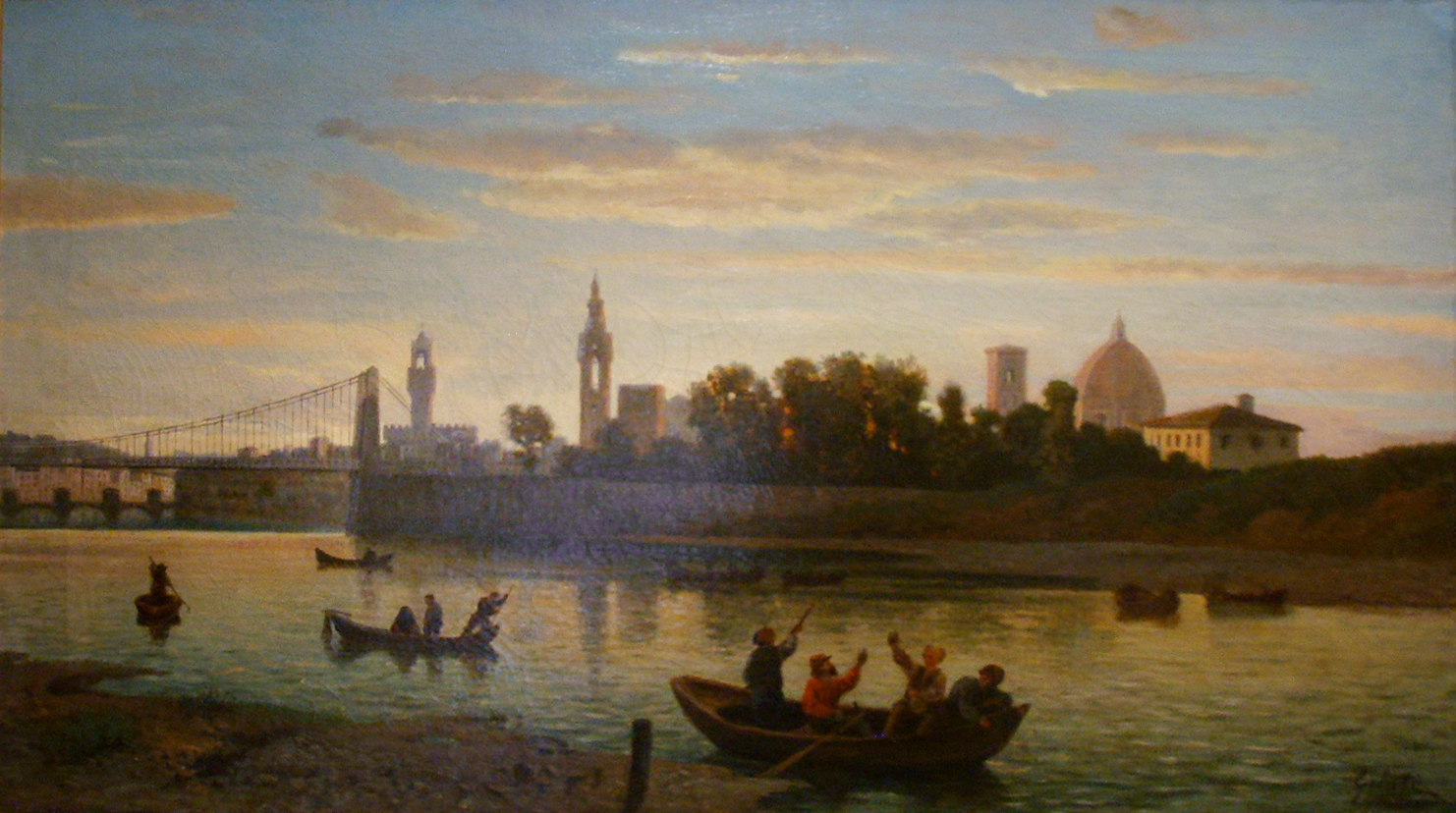
Ponte alle Grazie
This rather ugly bridge from the 1950s (by Michelucci, author of the beautiful Highway Church) replaces an earlier structure, bombed in the second world war. A 19th-century renovation had already removed the bridge’s medieval characteristics as it had resembled the Ponte Vecchio in that it had houses, shops, and even chapels on it.
For just a few days in January 2011, this bridge was home to a new resident – a guerrilla statue installed over night by the artist CLET.

Ponte Vecchio
The most famous bridge of them all was built at the narrowest part of the Arno. It’s distinguished as being the only remaining bridge to have houses and shops on it. In part this is because something important was built on top of those: the Vasari Corridor. This secret passageway built by Vasari for Duke Cosimo I de’ Medici in 1565 links the Palazzo Vecchio to the Pitti Palace. In 1593, the jewelry stores that tourists so love were brought to the bridge on command of Ferdinando, the Medici heir who thought that the previous tenants – butchers – smelled too bad in his corridor.During WWII, the treasures of the Uffizi gallery were stored in the Corridor. Hitler had been on a tour of it at the start of the war, and perhaps because of this, the Ponte Vecchio was the only bridge spared bombing during the German retreat of August 1944.
Of the bridges mentioned in this post, it’s the only one that is pedestrian-only.
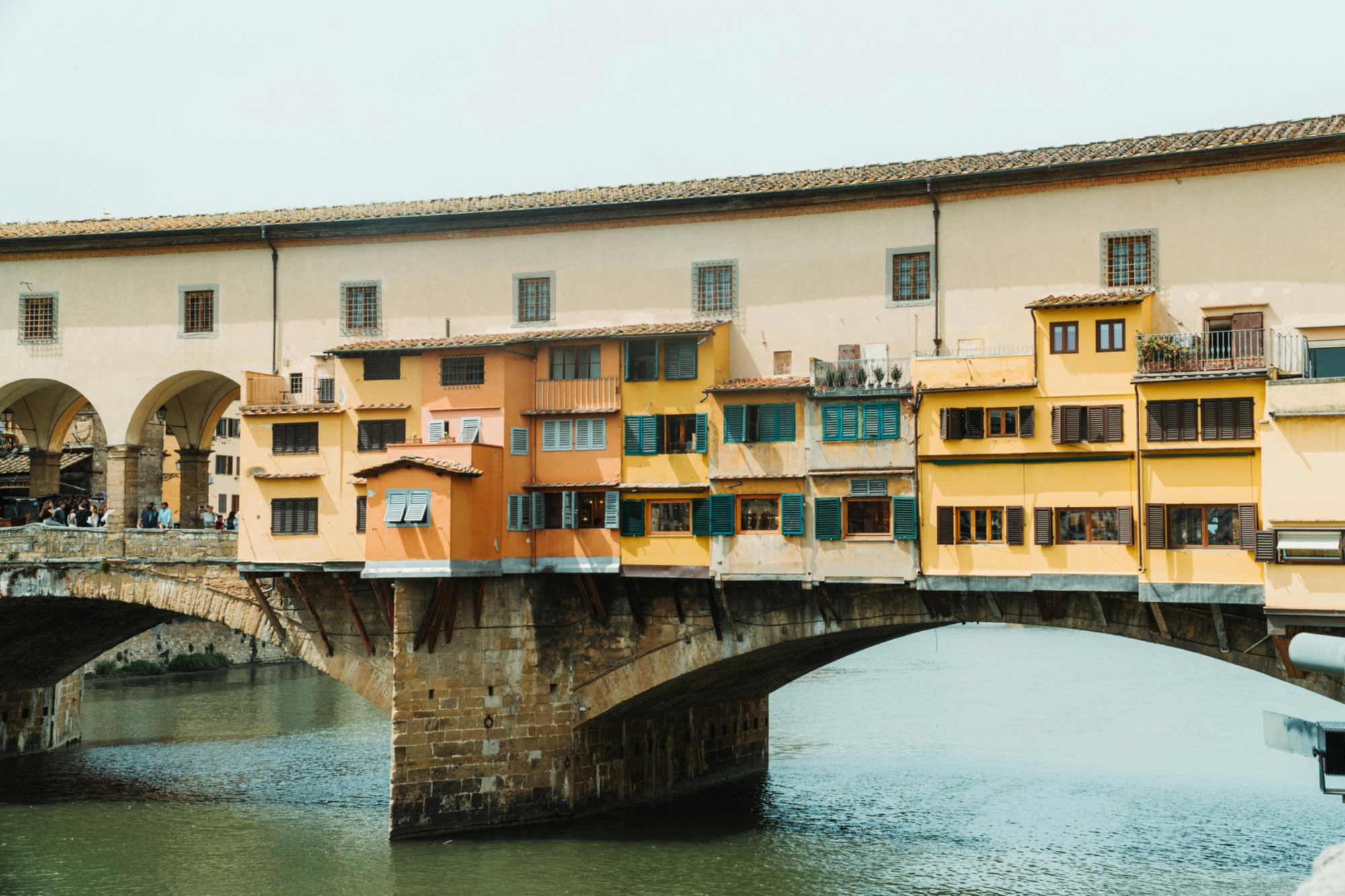
Ponte Santa Trinita
Named for the church of Santa Trinita nearby, this is probably the third oldest bridge in Florence – although it was rebuilt many times. The way we see it now is the way it was reconstructed after nazi bombing; the design is by Amannati with the patronage of Cosimo de’ Medici and possibly the help of Michelangelo. The elliptical form of the arches has been paraleled to the curve of the top of the tombs in the Medici Chapels. At the center of each arch is a white marble cartouche, and at either end of the bridge there are two allegorical statues representing the four seasons from 1608. After the bombing of 1944, the statues were fished out of the Arno, but the head of Spring has never been found.
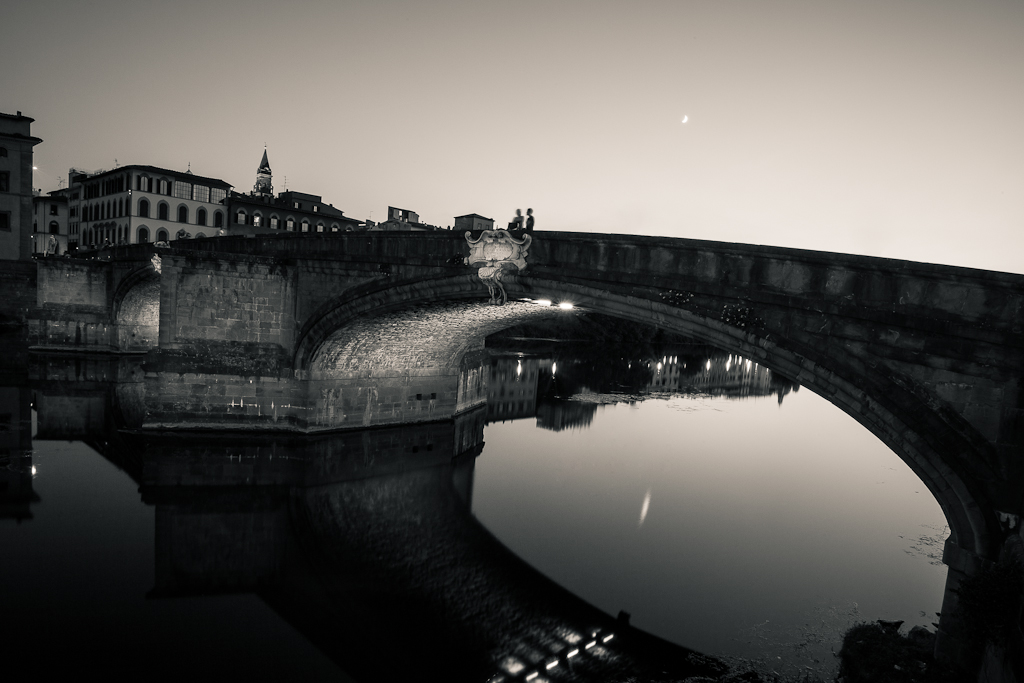
Ponte alla Carraia
This bridge was the second to be built in Florence, so after “Ponte Vecchio” they called it “Ponte Nuovo”. That was back in the early 13th century; its newer name reflects a wider later version that allowed carts to pass. Like any old structure, it suffered over time and was rebuilt in a few different versions. The aesthetics of the current version are thanks to Amannati with the patronage of the Medici in the 1560s. It was destroyed by the retreating nazi army at the end of WWII and rebuilt with care as close as possible to its previous state.
Its graceful arches reflect in the water on a calm day and I think it is a nice reflection of 16th-century aesthetics. Apparently, though, when the bridge was re-opened in 1952, citizens criticized its particularly heightened curve, nicknaming it Ponte Gobbo (hunchback).
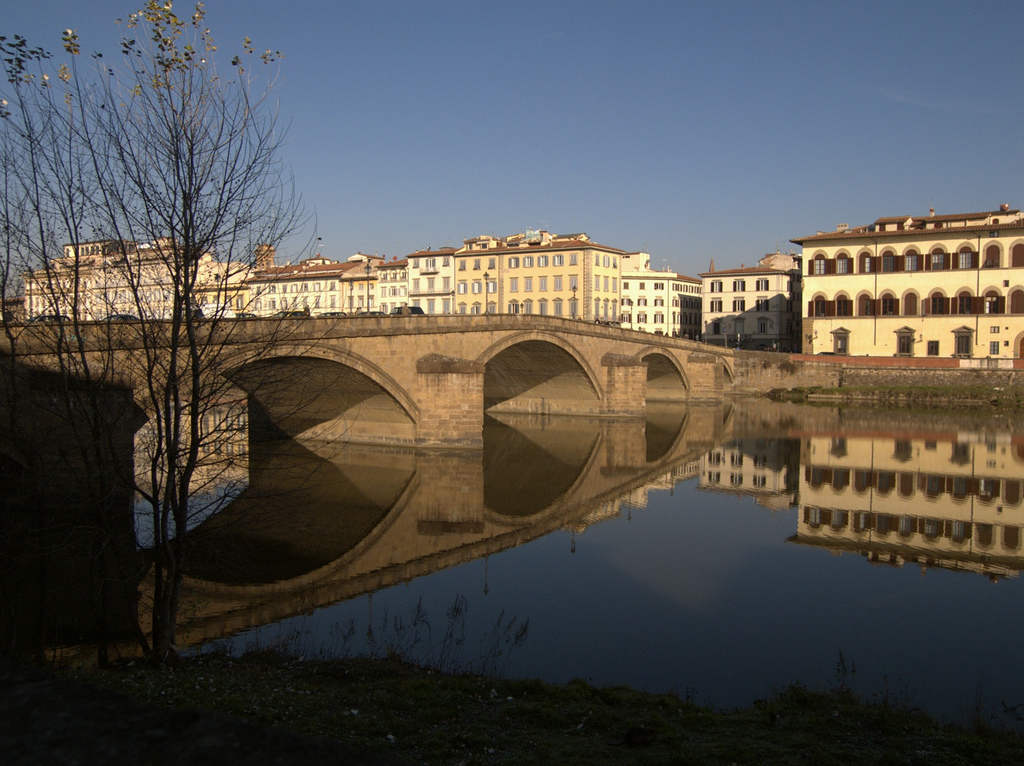
Ponte Amerigo Vespucci
Named for the great explorer, this modern bridge (1950s) isn’t all that exciting to look at. It connects the historical center to the Oltrarno area of San Frediano. Perhaps the most particular thing about it is that cars are allowed to park on it.
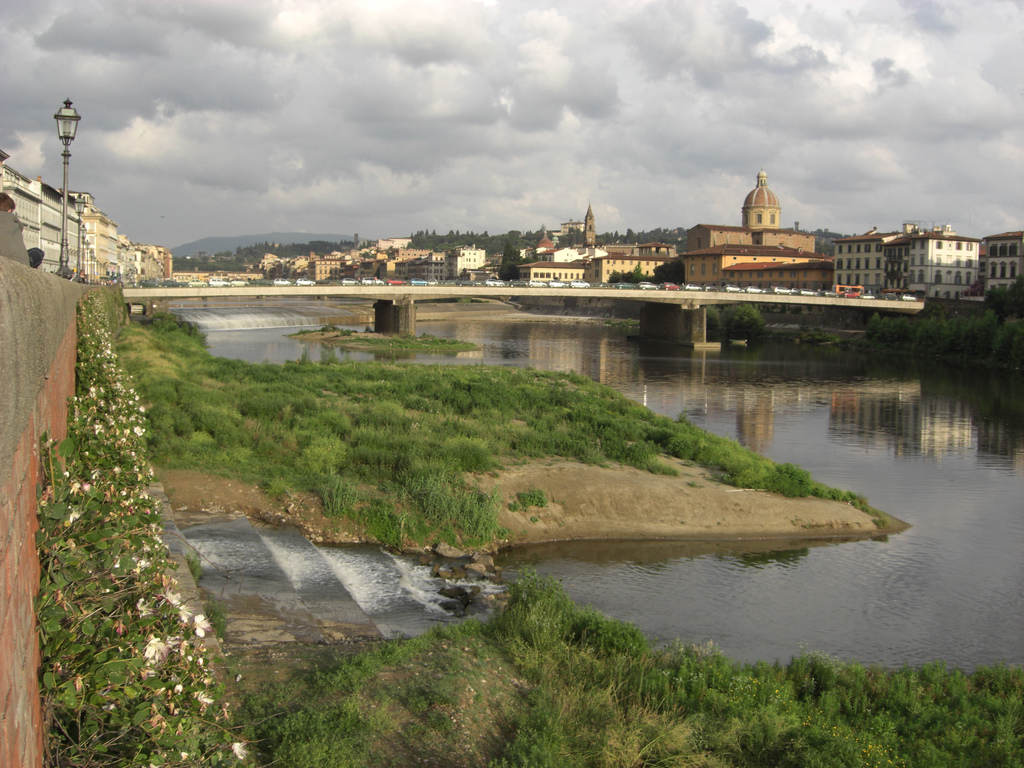
Original article by Leila Firusbakht
Plan your trip
Start your discovery












